Six Artists Record the Vestiges of War in the Faces of Combatants
A look at a new exhibition at the National Portrait Gallery, “The Face of Battle: Americans at War, 9/11 to Now”
It was a coincidence that the National Portrait Gallery’s “The Face of Battle: Americans at War, 9/11 to Now” opened on the 100th anniversary of the U.S. declaration of war against Germany in World War I.
On the day most other Smithsonian museums in Washington were opening new shows specifically marking the centenary of World War I, the Portrait Gallery’s new exhibition focused on contemporary warriors.
The approaches of six individual artists—Ashley Gilbertson, Tim Hetherington, Louie Palu, Stacy L. Pearsall, Emily Prince and Vincent Valdez—are as varied as the faces of the often-wary fighters they depict.
“This exhibition,” says National Portrait Gallery Director Kim Sajet, “more than anything is about building empathy for those who serve, and those who are no longer with us, and to give us a sense of a framework of what does it mean when we send people to war.”
The central portrait of the exhibition shows the slightly dazed look of the childhood friend of artist Vincent Valdez amid the fogs of war. The portrait of 2nd Lt. John Holt Jr. was completed posthumously. After a tour of duty in Iraq as a combat medic, Holt, suffering post-traumatic stress disorder, took his own life before he could return for a second tour of duty, this time to Afghanistan.
In addition to the monumental portrait of his friend, there is a video of a flag-draped casket, floating as if on an unseen, possibly low-riding caisson, slowly passing the places in their hometown they hung out and the graffiti they knew, as the Pogues sing the antiwar song “And the Band Played Waltzing Matilda.”
Three of the six-painting suite Excerpts for John are also on display, is an exacting crayon on canvas depiction of the military funeral flag folded in a triangle. “Vincent was really interested in the idea of the Unknown Soldier,” says Taína Caragol, one of four curators who assembled the show. “Once his own friend took his own life, he knew now the Unknown Soldier. This work is about his friend, and his own process of mourning, but it’s also a projection into the larger drama of war and soldiers.”
The close-up portrait photography of Louie Palu first appeared at the National Portrait Gallery, where he was a finalist in its Outwin Boochever Portrait Competition five years ago. He began applying that approach to soldiers in Afghanistan from 2006 to 2010 in an effort to humanize and individualize them.
“When I first saw the World War II photographs of the Marines raising a flag on Iwo Jima, I wanted to know who each of those men were,” Palu says in comments that accompany his work. “I try to take a photograph that puts a human face to facts and figures.”
The close up looks from subjects such as U.S. Marine Cpl. Philip Pepper, shows the experience he’s gained from two tours in Iraq, though he is only 22. The clear-eyed face of Sgt. 1st Class Linda Carter, 41, a helicopter crew chief in Kandahar, who hails from a small Ohio town, indicates the readiness and acceptance of her duty.
“It’s a sense of identification with the subjects that comes through so strongly in his portraits of the soldiers,” says curator Dorothy Moss. “Once you see these faces, it’s hard to forget them.”
A similar approach is taken by Tim Hetherington, the artist in the show who lost his life doing his work, killed while covering an insurgency in Libya in 2011. “My gaze is very particular,” Hetherington once said.
It covers the timeless wariness of war, says the museum's senior historian David C. Ward, pointing to Hetherington’s portrait of a soldier on guard on a mountainous ridge. “That picture seems to me to be timeless,” he says. It could have been taken in Vietnam, or ancient Greece.
The closeups of soldiers like Specialist Sylvester Dunn, smiling at the camera, or Specialist Steve Kim, catching some sleep, show their individuality, while Hetherington’s portrait of bare-chested men on a mountain site in Afghanistan, Man Eden suggests Ernest Hemingway’s phrase, “men without women.”
“Something else about war, which is terrible to say, is that it’s exhilarating,” Ward says. “The soldiers find camaraderie. They find meaning in it. They find buddies. They find a society, a family which is not a surrogate to their own family, but an additional level of society of which death gives the highest meanings to.”
Of course, it's not just men. The work of Air Force photographer Stacy Pearsall also earned a Bronze Star Medal and Air Force Commendation with Valor for combat actions in Iraq. Though she's done her share of award-winning combat photography, she says for the Portrait Gallery, “I wanted to show the human side of the experience. I set about doing that by showing what happens when they weren’t engaged actively with the enemy and what happens in the downtime between friends, and when you’re alone.”
One soldier depicted in The Reader has him lost in a book while reading at his cot, a machine gun at the ready nearby. Another sits in a plastic chair in a commandeered Afghani home watching the cartoons children had been watching on TV.
“I try to photograph the small things from home that one clings onto," she says. "Like playing baseball between missions, or reading a book.”
Ward notes that her photographs are smaller than usually found on museum walls, but she says that when considering photojournalism in print or online, they’re quite large. And the effect is to draw the viewer closer.
“Then you see the detail,” Ward says. “In the picture of the soldiers sleeping and if you notice, the holes in the ceiling which are bullet holes. So there’s this sense of constant danger which is around and behind people who are in harm’s way.”
The drawings of Emily Prince are based on the endless listings of the Honor the Fallen section of Military Times. In the gallery of her work in the exhibition, the war dead of three years are displayed on three walls—1,475 soldiers in all. They’re arranged by weeks of the year and just by glance it’s clear to see some of the weeks depicted, from June 2009 to May 2012, were worse than others.
Prince matches the color of the paper stock to the skintone of the soldiers, that allows another overall graphic representation of the breakdown. Details about the life of the fallen are noted when available.
“Whenever there is an article available on the resource, I would try to find whatever seemed the most specific details,” Prince says, “to focus on the individuality of each person.”
When photos of the soldiers aren’t available, they’re still represented in the piece with a blank box.
The full title of the piece, which has been displayed in various forms in San Francisco, Sweden, London and the Venice Biennalle, is “American Servicemen and Women Who Have Died in Iraq and Afghanistan (But Not Including the Wounded, not the Iraqis, nor the Afghanis).
And if the large number of drawings in it is daunting, the full number of drawings done for the work since 2004 is closer to 5,200.
“What she brings to the show is the drawing element,” says curator Asma Naeem. “Drawings have immediacy. Drawings have intimacy. Emily was struck by the incredible loss of life and she decided outside of her archival impulse—she is a librarian at Stanford University.
“It recalls the Vietnam Memorial Wall to me in many ways,” Naeem says. “It’s an archive, and it’s deeply personal.”
Personal, too, is the work of the photographer Ashley Gilbertson, whose portraits of the bedrooms back home of fallen soldiers provide haunting depictions of what was lost. The black and white photographs are drawn from a project that included 40 such empty rooms, published in a book titled Bedrooms of the Fallen.
“Rooms are preserved in these photographs and in the homes and the memories of the families who have lost those loved ones,” Ward says. “I think it’s a spectacular project. I also have to congratulate Ashley on his incredible powers of empathy that he could get 100 families to have the confidence in him.”
“It’s pretty weird to have an Australian guy call you and say I want to photograph the empty room of your dead child,” Gilbertson says. He approached 1,000 families to find his 40 that allowed the access. “I was trying to explain to them that the work was not a politicization of their death, but instead it was a memorial, an explanation of who was serving.”
A look at what they left behind—sports equipment, movie posters, in some cases teddy bears—gives an indication of just how young some of them were when they left for service. “You could look at any of these bedrooms and you would find objects in any of these bedrooms that somehow speaks to you. and through that object the rest of the room and that person’s personality opens,” says Gilbertson.
In most cases, the rooms they left behind are maintained as family memorials, he says. “People don’t generally use the rooms, but the moms will still go in and vacuum.”
The Portrait Gallery moved beyond visual art to present “The Face of Battle.” It commissioned poet and Bronze Star recipient Yusef Komunyakaa to write a poem especially for the exhibition, “After the Burn Pits.”
And there is a dance piece “After 1001 Nights,” created by the Portrait Gallerys’s first choreographer in residence, Dana Tai Soon Burgess, that will be presented July 8. It’s one of two free programs scheduled this summer in conjunction with the exhibit; the other is a Blue Star Family Day on Aug. 26.
“The Face of Battle: Americans at War, 9/11 to Now” continues through January 28, 2018 at the National Portrait Gallery in Washington, D.C.
/https://tf-cmsv2-smithsonianmag-media.s3.amazonaws.com/accounts/headshot/RogerCatlin_thumbnail.png)
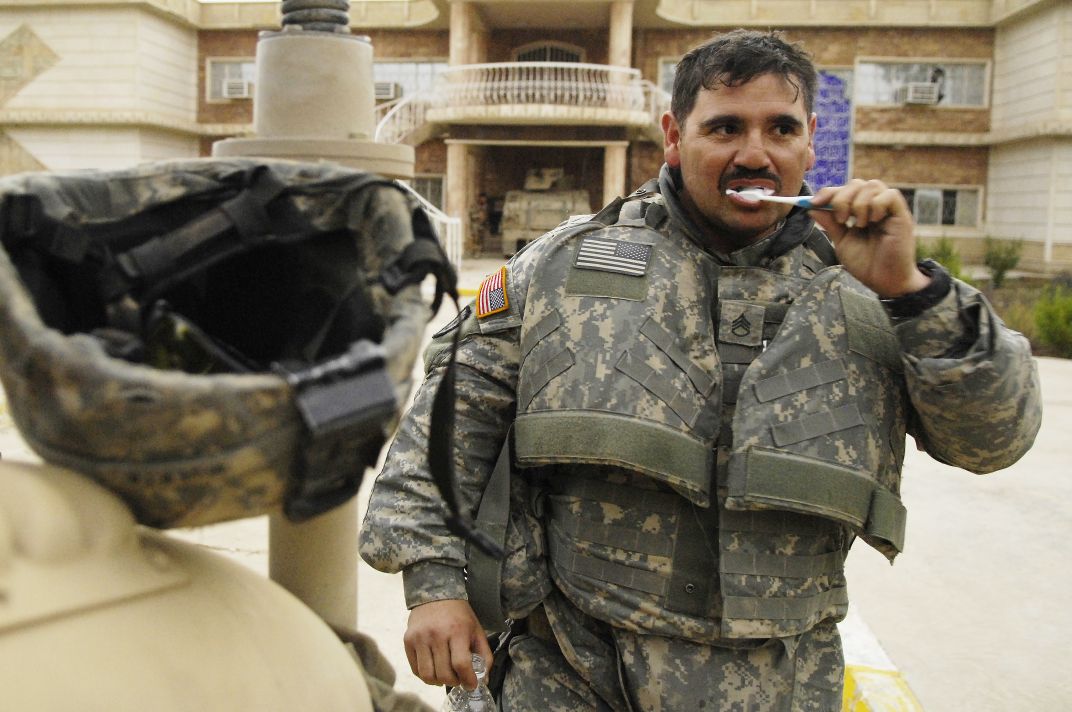
/https://tf-cmsv2-smithsonianmag-media.s3.amazonaws.com/filer/9c/2d/9c2dc9a9-8d81-4325-b412-5913ba8a4325/fb003_exh-fb-29.jpg)
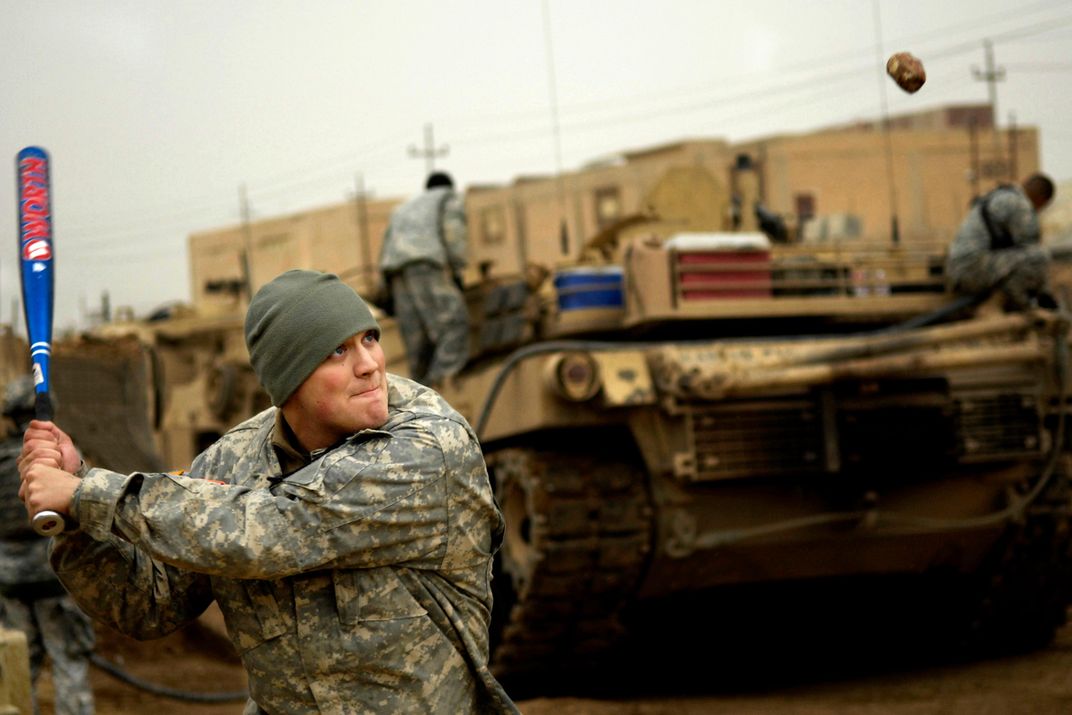
/https://tf-cmsv2-smithsonianmag-media.s3.amazonaws.com/filer/98/c1/98c14f53-9edc-4edb-9028-b919f4ecd96f/fb018_exhfb13-wr.jpg)
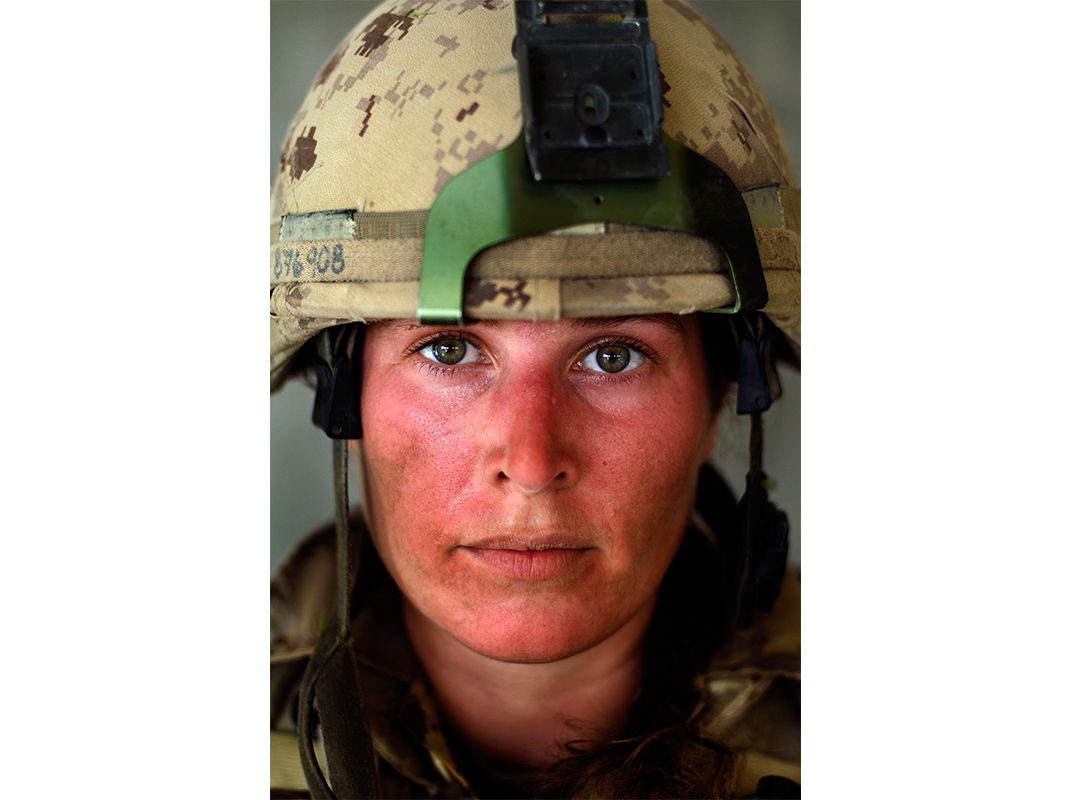

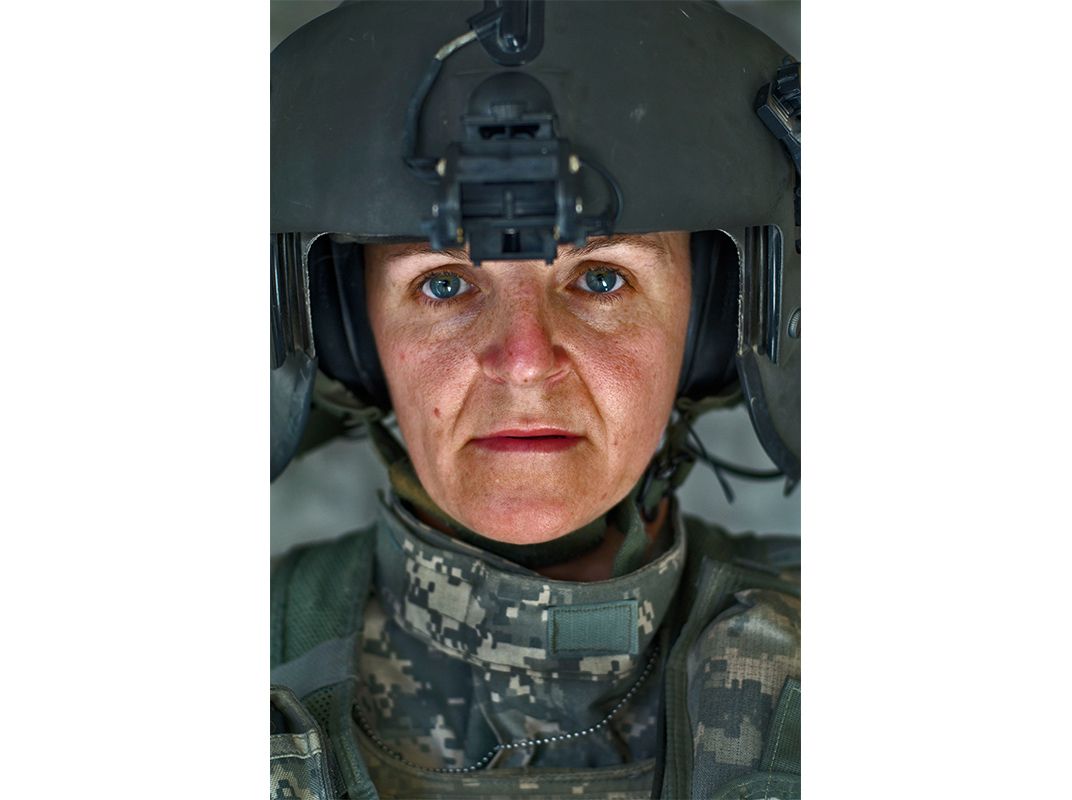
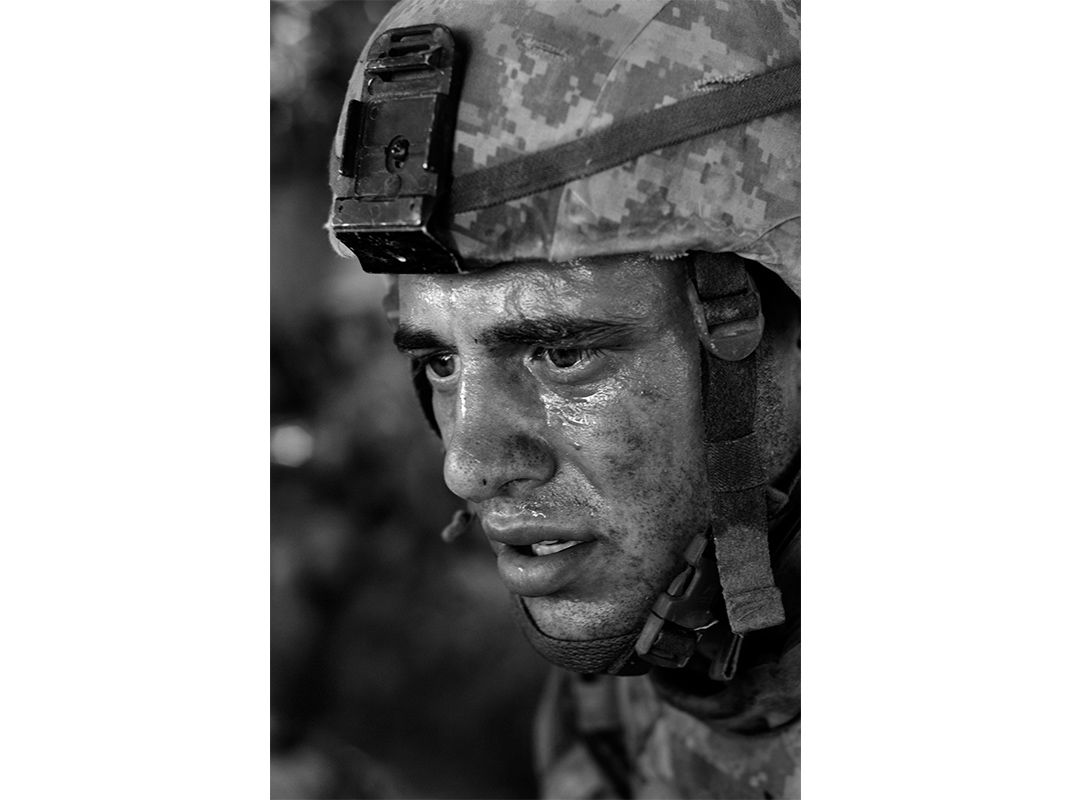
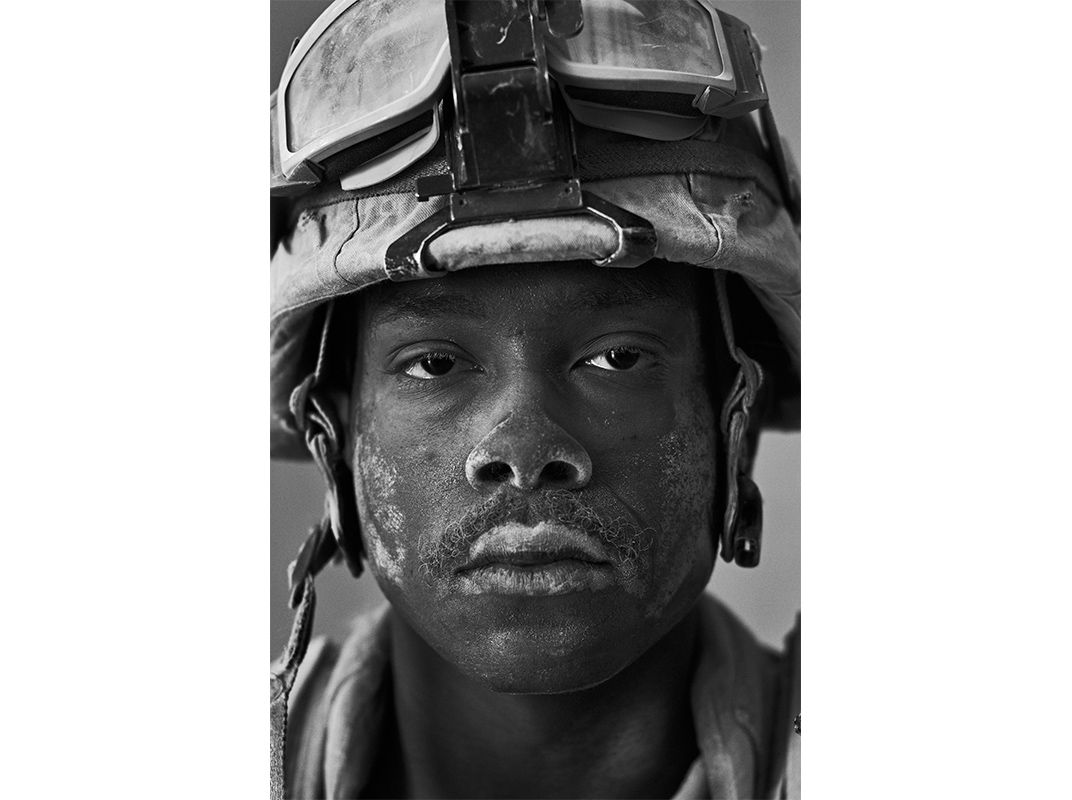
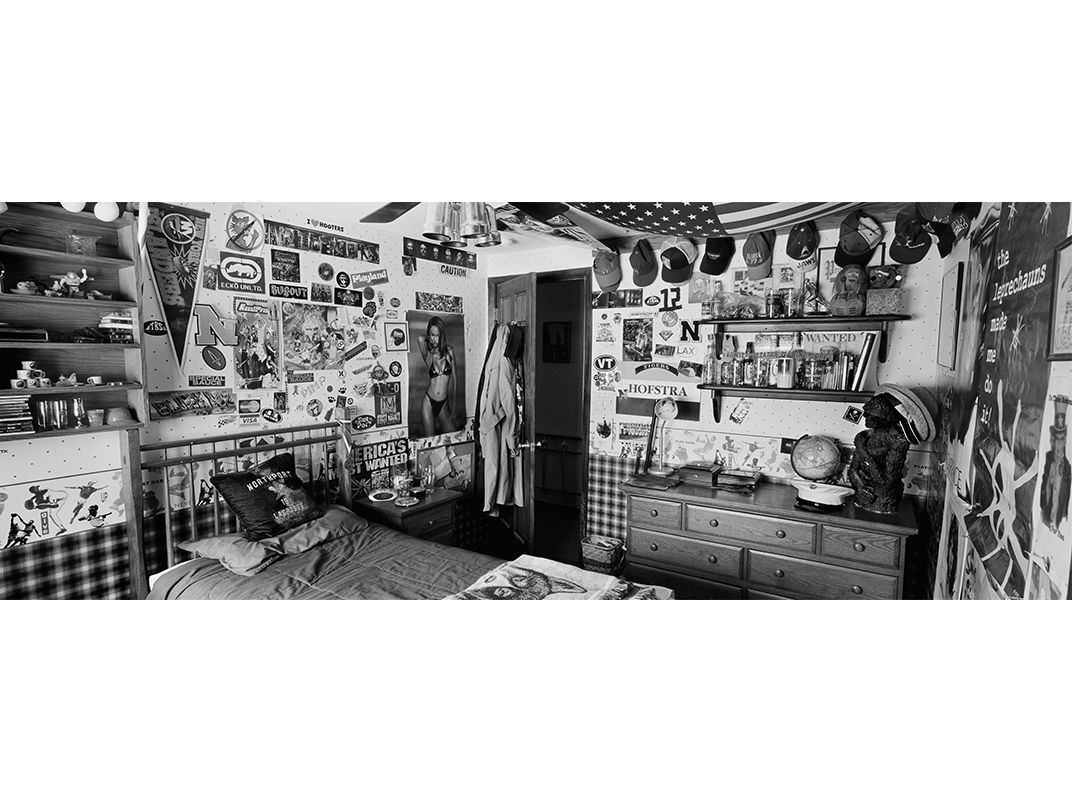
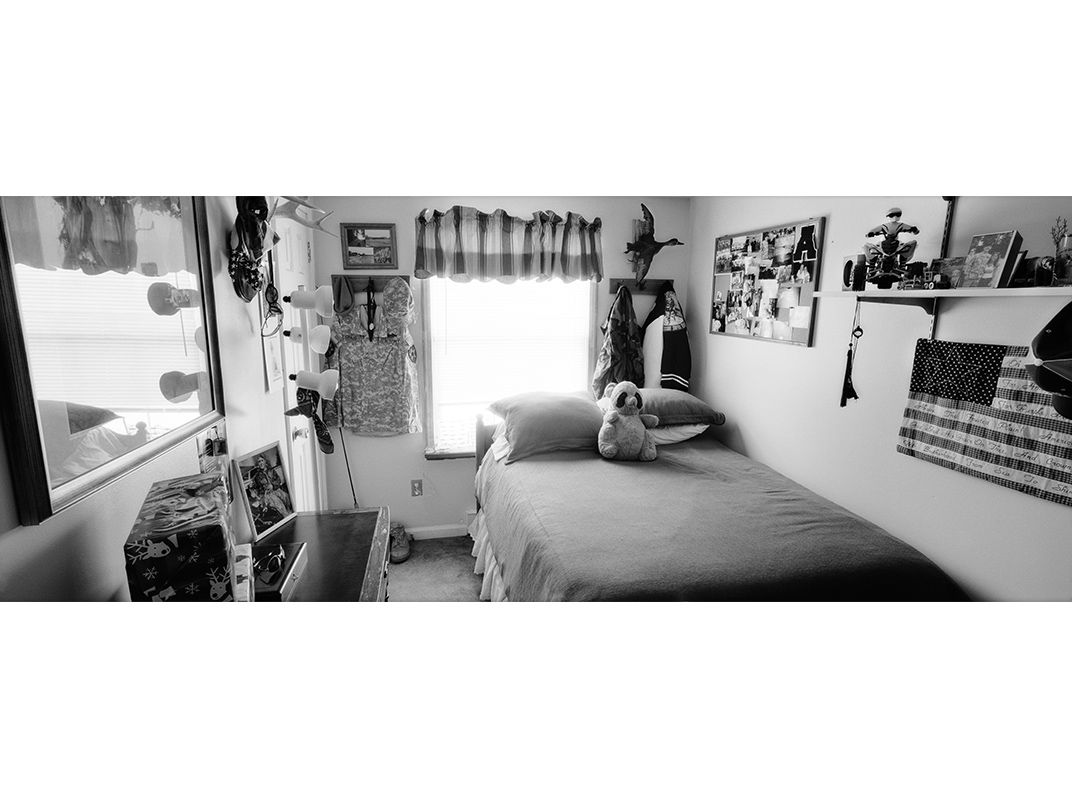
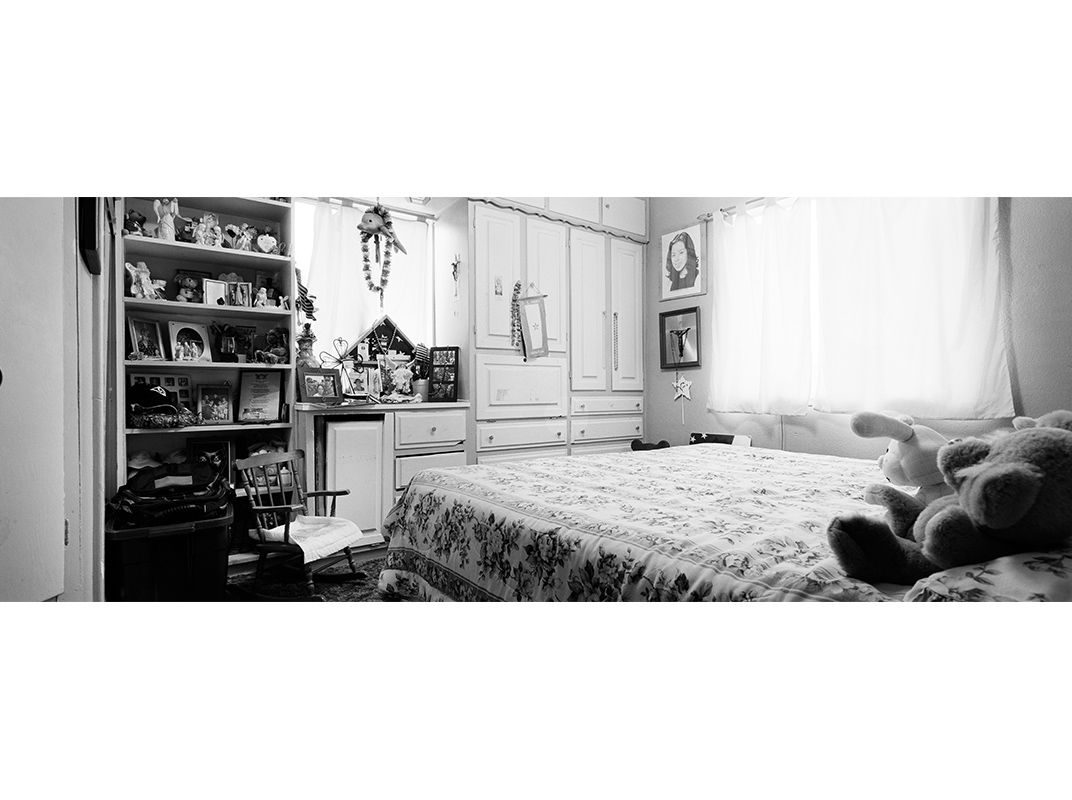
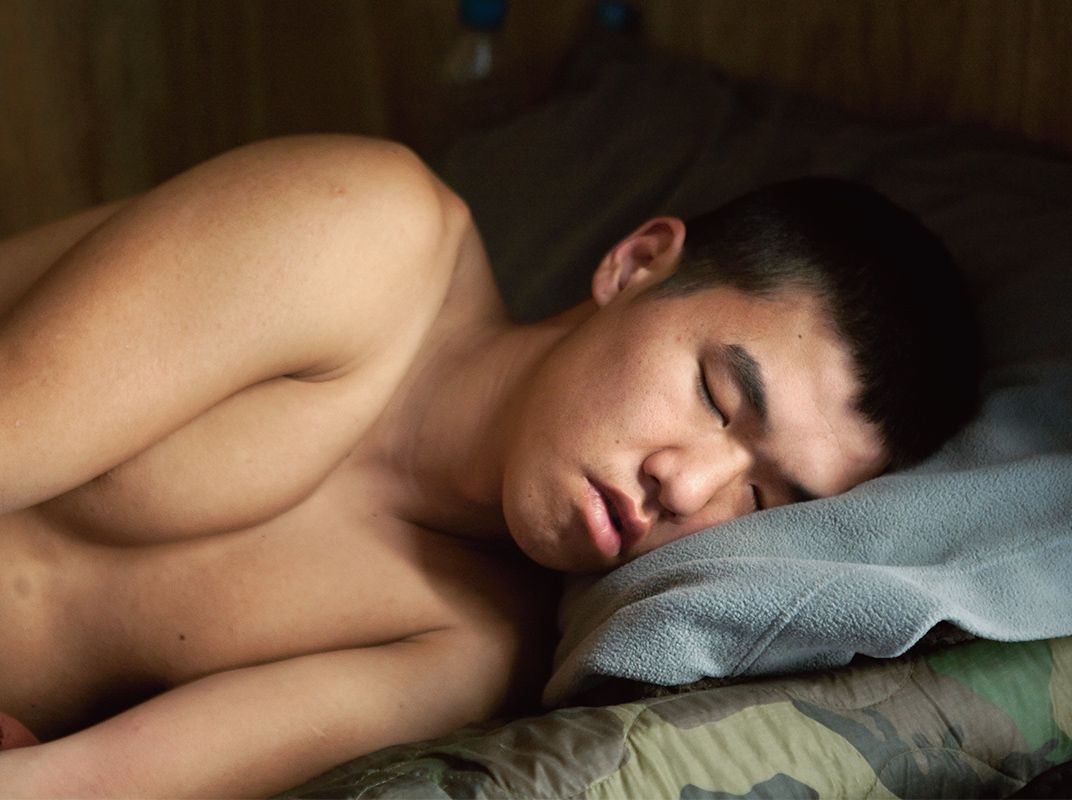
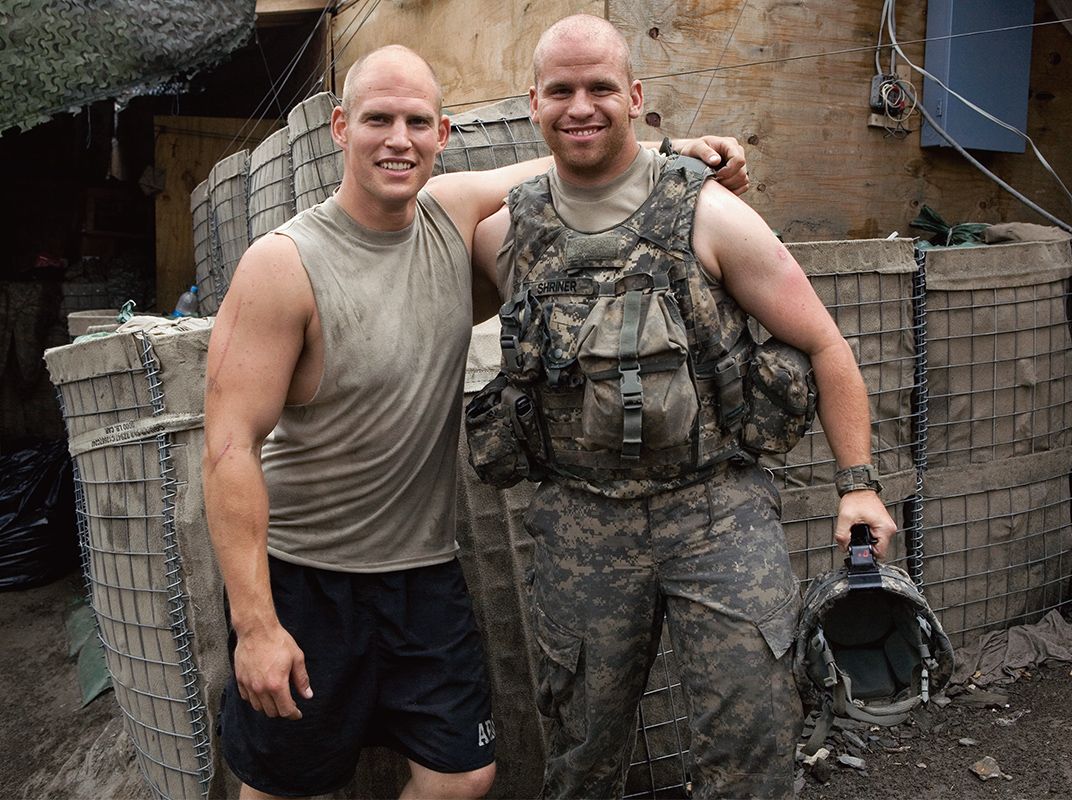
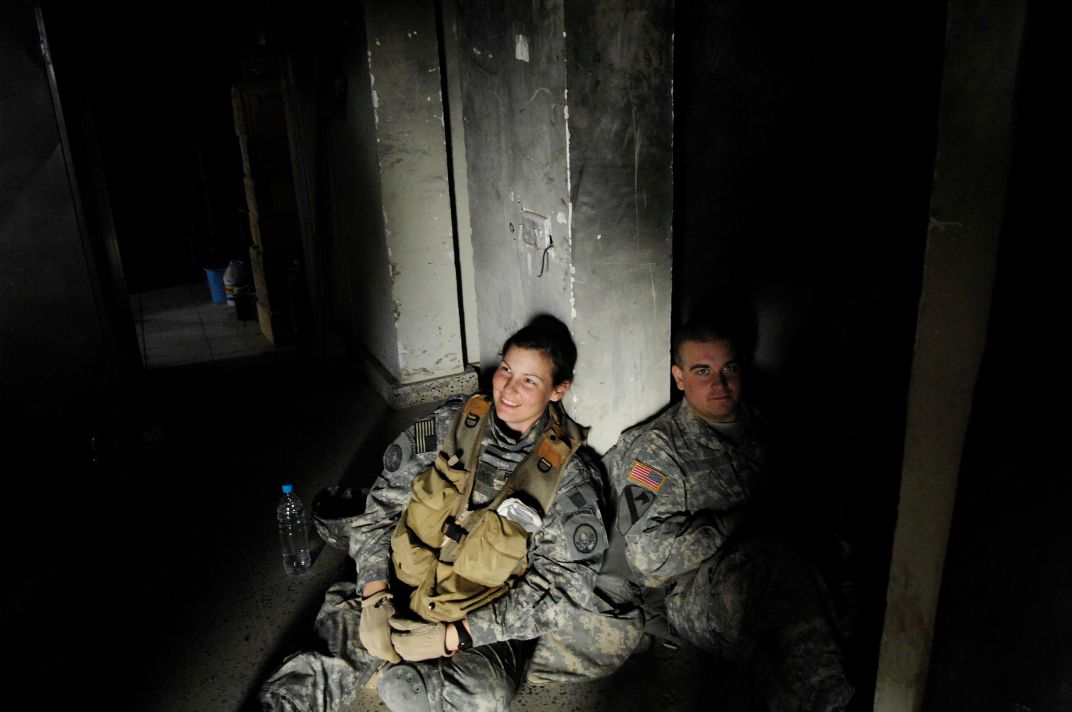
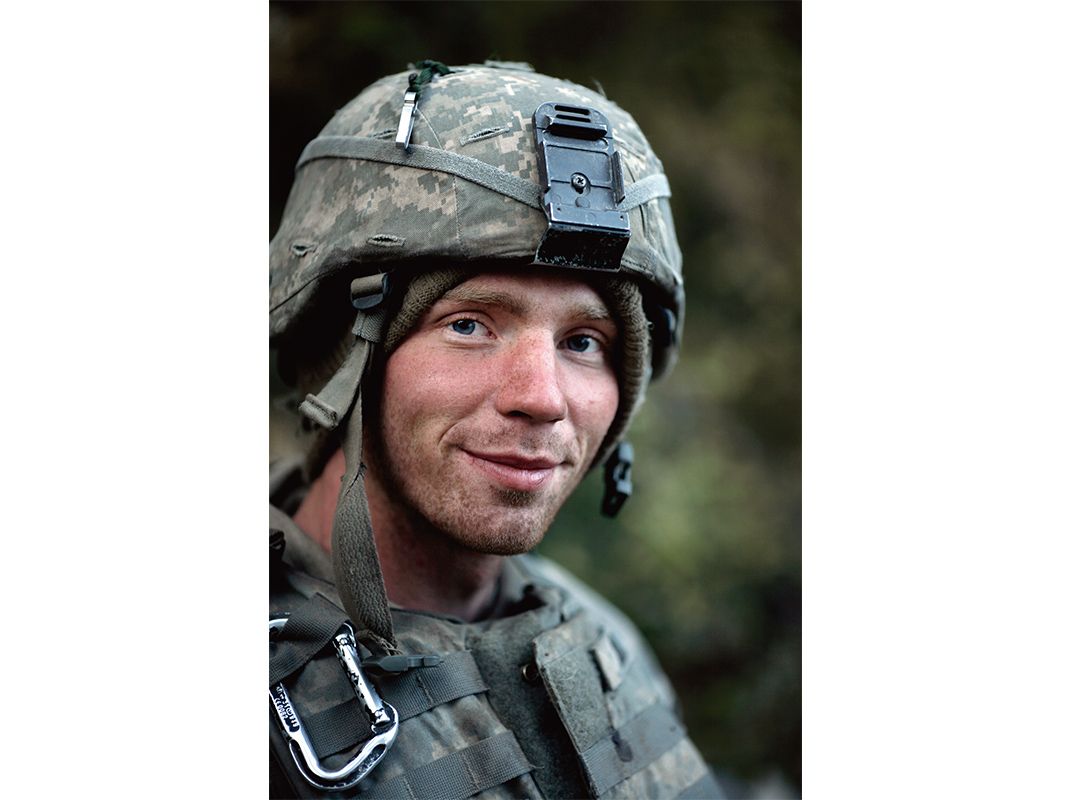
/https://tf-cmsv2-smithsonianmag-media.s3.amazonaws.com/accounts/headshot/RogerCatlin_thumbnail.png)